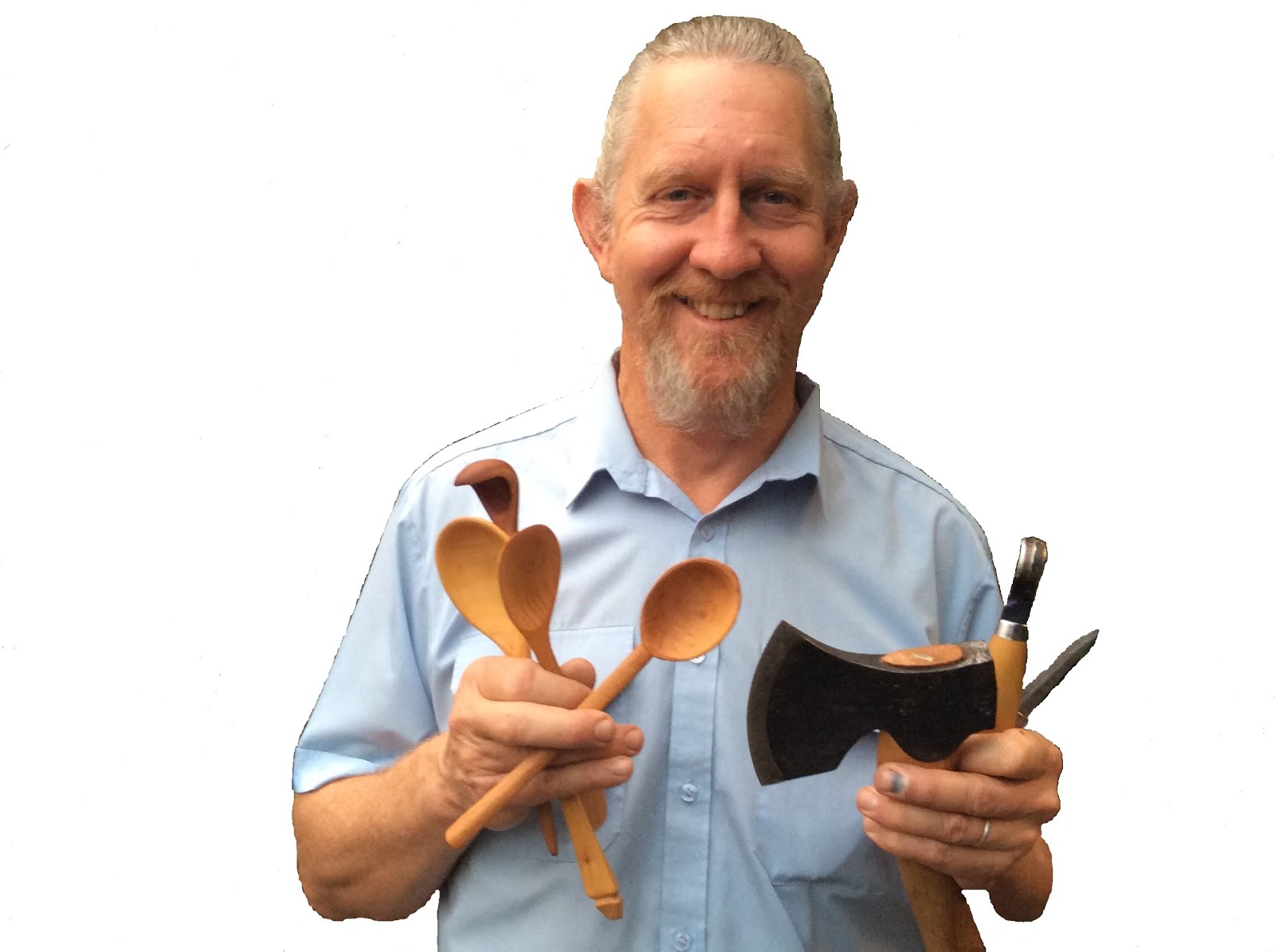Sure, if good enough, the handle and bolts/nuts can be all be saved to use again when repairing or re-building another saw. There are times when it is the saw plate that will be utilized instead.
Amongst my huge pile of old saws awaiting rebirth, there was a very tired post WWII Disston panel saw which had a ruined handle. The saw plate had a bit of surface rust, but nothing too drastic. I had a need to make some more curved scrapers for spoon carving, so set about cutting up the saw. This was initially done with a guillotine.
 |
| Saw meets guillotine ... |
 |
| The first few scrapers taking shape. |
Custom shapes for scrapers.
While I had been making up a batch of convex curved scrapers for spoon making, another task came along yesterday. I am making handrails for a staircase at the moment, and I needed a concave scraper to help clean up the top curve of the handrails.
So I grabbed one of the incompleted spoon scrapers made from the saw above, and re-shaped one side with a concaved radius suitable for my requirements on this job.
 |
| The scraper will remove the lines left by the router cutters from the handrail top. |
 |
| The concave side of the scraper and the type of shavings it created on the handrail. Nice. |
I usually make spoon scrapers with a different radius curve on each end. However with the one above, I chose to leave the saw teeth in place... as a reminder of where it had come from, it's former life.
It's a nod to that nice old Disston panel saw. It lives on!
.jpg)


